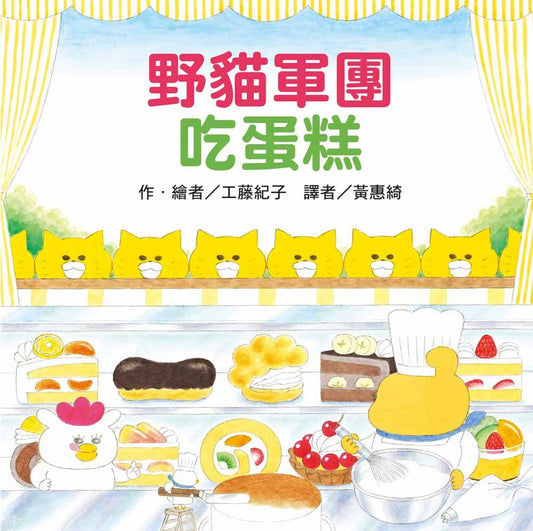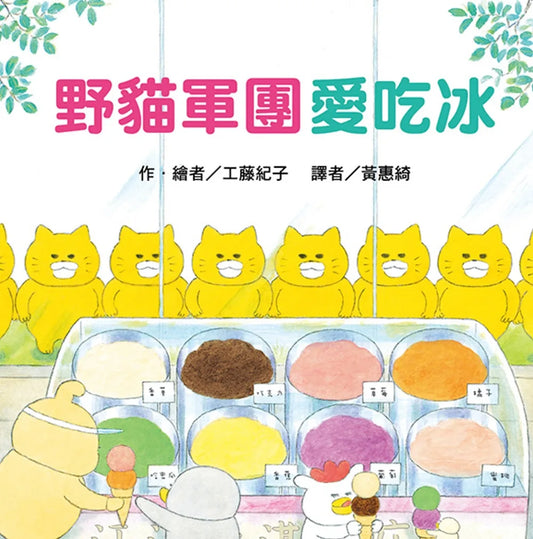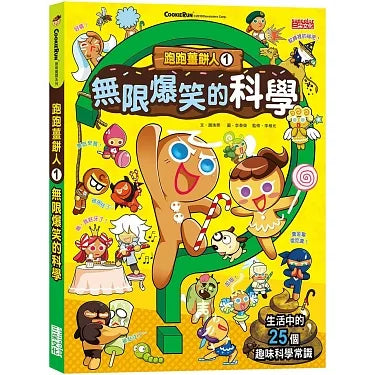Our Parent Spotlight this month will feature Jeannie!
Jeannie, a mom of two boys, started teaching Chinese to her older son when he was 5. Now the boys are able to understand Cantonese, Mandarin, and English. Jeannie shares many great resources and fun titles for families to get started. Meet Jeannie!
Meet Jeannie!
Hi Jeannie! Can you tell us a bit about you and your family?
I was born in Vietnam and immigrated to the US when I was 7. When I lived in Vietnam, I learned Cantonese at home, Vietnamese from school and the community, and Mandarin from a Chinese teacher I saw probably once a week.
By the time I immigrated to the US, English was my 4th language. Having said that, I speak mostly English. I do not speak Cantonese, Mandarin or Vietnamese particularly well. My husband speaks only English, so our home language is English. I have 2 kids. 華仔 is 9 and 安仔 is 6.
When did you decide to speak Cantonese with your kids?
When 華仔 was born, I decided to try and pass on what little Cantonese I knew to him. Because I was not fluent, 華仔 did not have a good Cantonese foundation. He prefers and primarily speaks to me in English. I had no plans on teaching him to read in Cantonese since I could barely read.
We were invited to a playdate when 華仔 was 4 and I saw Sagebook 1.1 at his friend’s house. I was in awe of how Chinese was presented. Coincidentally, I had a friend going to HK that summer. I asked my friend to help me buy Sagebooks. She purchased and shipped the books over. I started teaching 華仔 how to read when he was almost 5.
What resources do you use to teach Chinese at home?
華仔 finished Sagebooks in Cantonese, but he doesn’t retain the characters well. We’re reviewing flashcards in Cantonese almost every evening (weekends included). We read Sagebooks in Mandarin. We are also reading Little Bean Magazines in Cantonese. 安仔 reads Sagebooks in Cantonese and Mandarin. He is on the red series.
What resources would you recommend to other families?
We read Sagebooks and other stories together. I try to make Cantonese fun when possible. I think listening helps with reading and communication. I love https://www.sleepypigstory.com
I also converted some of the Cantonese cartoons the kids watched into mp3 so that we can listen to them in the car.
For free materials, https://hhsscantonese.weebly.com has a lot of content that parents can use to teach their kids Chinese.
If the kids are really young, I recommend Locy Lee Learning music classes. Parents have to sit next to the kids during class time when they’re young. Thus, it's a time investment for both parent and child.
We didn’t take any classes with Rhythm ‘N’ Rhyme, but my neighbor said her son really loves it. Thus, I also recommend learning from RnR music from the comfort of your home.
What are your main goals for teaching Cantonese?
My original goals were for my kids to understand and speak in Cantonese. Now, goals are for them to understand, speak, read a few words, and have fun in Cantonese.
Did you have any struggles or challenges when you first started teaching?
A fluent person can speak well or a person that can read, can pick up any book and read to their kids. When you’re not fluent, you have to put in so MUCH more effort.
For instance, I didn’t know what a postman, a fire hydrant, a zebra, a porcupine, or even a dandelion was when I first started teaching 華仔 Cantonese. I was constantly looking up words and there is 口語 vs. 書面語. It was and still is confusing. In addition, I still have a hard time figuring out measure words.
Did you ever feel like giving up?
We all have our ups and downs. When 華仔 pushed back, sometimes I wondered if it was worth it. He made me feel like giving up many times. I just had to pick myself back up and persevere. 華仔 is in 4th grade now. He told me that his 4th grade teacher said to the class that doing hard stuff was how you grow your brain.
It was time for our nightly Little Bean Cantonese reading session, so I promptly said, “it’s time to do some hard stuff to grow your brain.”
Do you have any rewarding moments to share?
The effort I made in learning Cantonese benefited 安仔 a lot. I would say that for the first 3 years of 安仔 life, his Cantonese was better than English, despite his father and 華仔 only speaking in English to him. Because of the pandemic, we put 安仔 in a small Mandarin speaking daycare once my husband and I got vaccinated. Once 安仔 graduated from the small daycare, we put him in a Mandarin and English bilingual daycare/preschool. While Mandarin is not Cantonese, I think it was helpful for 安仔 to be exposed to Mandarin. He is trilingual. Both his Cantonese and Mandarin tones are pretty precise 標準.
Proud Moments #1:
While 華仔 speaks mostly in English, he knows enough Cantonese to participate in a Sleepy Pig Story podcast. https://www.sleepypigstory.com/post/story128.
Proud Moments #2:
I really enjoyed my banter with 安仔 in Cantonese. I also get a lot of compliments from other parents when they hear 安仔 speak in Cantonese.
If you could wish for anything, what would you wish for to make this multilingual journey easier?
Cantonese immersion daycare and neighbours.
Did you have an interesting experience you’d like to share from your Chinese journey?
Fun Stories #1:
安仔 liked to mess with me.
As my mother said, “你個仔咁曳㗎!”
I often said to 安仔...
第一次係意外 The first time was an accident.
第二次係巧合 The second time was a coincident.
第三次係特登 The third time was on purpose.
如果係特登, 媽媽要出絕招㗎啦 If it was purposeful, mommy will need to take action/use a special skill against you.
One time he wanted a cookie and threatened me with 絕招 if I didn’t give him the cookie. I laughed and gave him the cookie.
On another occasion, he was purposefully naughty and playful and invited me to 出絕招. I really have a lot of fun with him. So the banter I had with 安仔 rubbed off on 華仔. 華仔 also learned 絕招.
Fun Stories #2:
In one of the 小叮噹 stories, the protagonist 大雄 was given a pair of false eyelashes 眼睫毛 by 小叮噹. These 眼睫毛 allowed 大雄 to control his Mom. Now both my kids say to me 睇吓我嘅眼睫毛 when they want me to say yes to something. My response is supposed to be 太靚喇,冧死媽媽 and then give in to their wishes.
阿摩的聰明藥 is a story about an ape who shaped his booger into little round pills and ate them for fun. 阿摩 was caught eating these 藥丸, he didn’t want to say that he was eating his own booger, so he said that he was eating 聰明藥. We now referred to booger as 聰明藥 in our house.
In 跑跑薑餅人 book 1, the protagonists gave each other 寵物藥水. Once you drink someone’s 寵物藥水, you have to listen to that person’s orders 命令. 安仔 was being particularly demanding of 華仔, so I said to 安仔 that 華仔 did not drink his 寵物藥水 so 華仔 didn’t have to listen to his 命令. Sometimes I need the kids to listen and I said to them that they had already drank my 寵物藥水, so they need to listen to my 命令.

What are your favourite books to read together with your child?
We like 工藤紀子’s Wild Cats and Little Chicks series, 宮西達也’s 超神奇 books, Sunya’s 小跳豆 series since they are compatible with the Sun Ya’s reading pen. My kids just came back home from an activity with my husband where they got some donuts. 安仔 said 野貓軍團偷偷食甜甜圈.
Do you have any advice for parents who are undecided about starting Chinese at home?
Do your best to read with your kids in Cantonese.
There are so many more Youtube and Cantonese cartoons available now that weren’t available 9 years ago. There are also more blogs, etc. too. Immerse yourself and your kids in Cantonese. Watch content, listen to audibles (make every car ride count), take classes and read in Cantonese, every little bit helps!
If you’re not fluent, download a Chinese dictionary app. Pleco and Hanping (only available on Android) are good ones. Again, most importantly, read to your kids and have some fun in Cantonese.
















